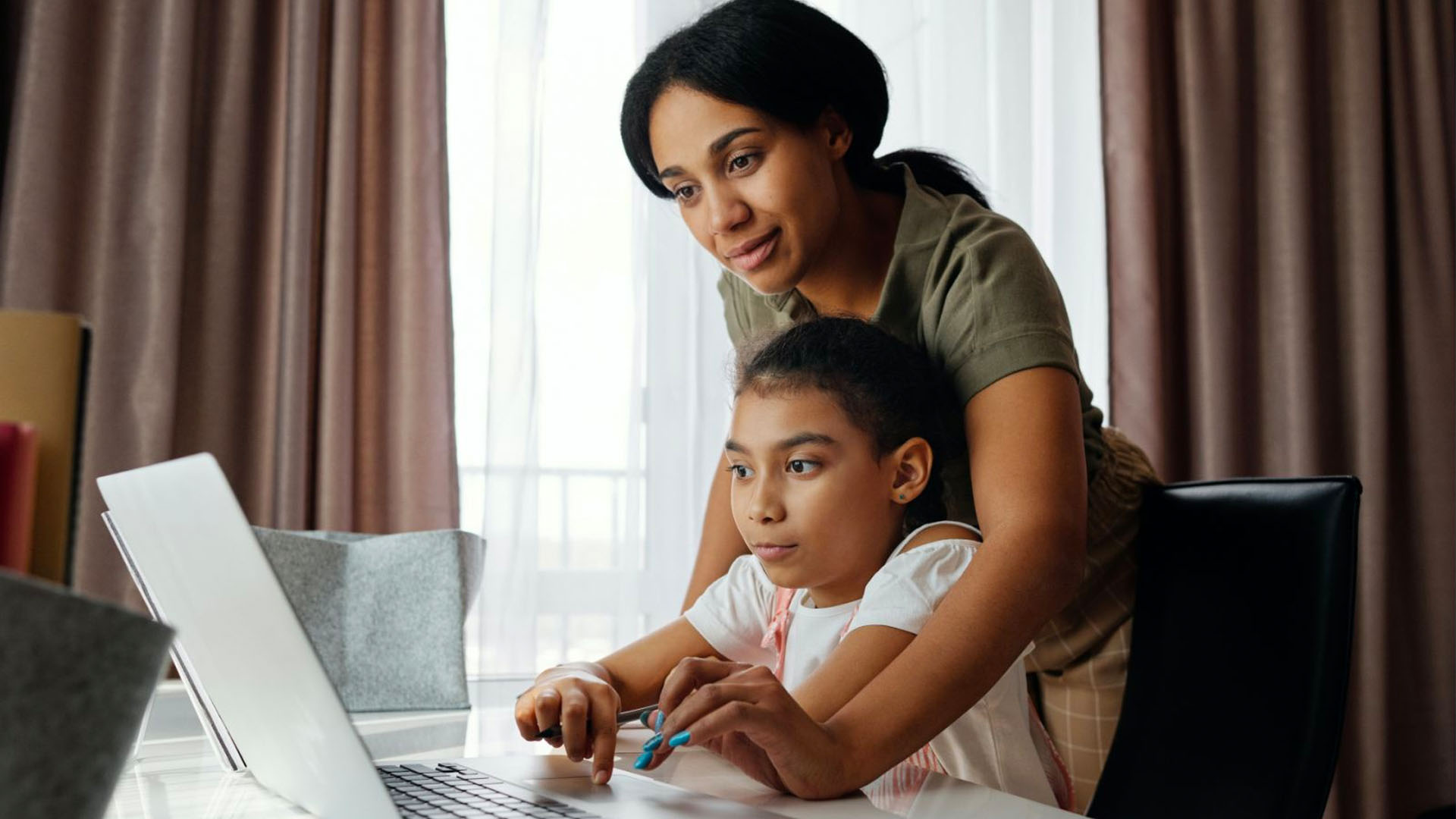A recent conversation I had regarding digital citizenship for the first episode of our Keep Indiana Learning Home Grown podcast got me thinking. In my more than 10 years working in the EdTech world, I’ve had plenty of time to consider what digital citizenship means, and how it impacts our work as educators in a digital world. But it is such a huge topic, I understand why we struggle sometimes to find a place for it in our practice. With that in mind, here are some quick thoughts that, hopefully, will generate your own conversations around this important topic.
13 Things I Think I Know About Digital Citizenship
- It’s about citizenship. We don’t seem to struggle to find ways to teach citizenship generally inside our classrooms. We all care that students behave in ways that represent them well and keep them safe. These expectations are equally relevant in the digital spaces we share.
- Digital citizenship should have an aspirational focus. It shouldn’t be all about the “don’ts” and the “thou shalt nots.” Instead, we should focus on the positive definitions of who we want to be in the online world. How can we all make the digital world better? How can we all be heroes?
- It’s also about relationships. Our students need to know that we care about them in every space they inhabit, and they need to know that we want to share experiences with them in their digital worlds.
- Our students need our help thinking about their digital footprint. Because their brains aren’t fully developed yet, our students can’t fully comprehend the impact of their online actions on their future selves. We need to teach them norms for a civilized digital world, and we need to model wise, kind, and safe behavior online.
- The cat is already out of the bag. Our students are online whether we go there with them or not. In a word that has gone from pencil and paper to digital tools, and from private and personal to public and published, our students deserve adults who can feel comfortable helping them to navigate a new world.
- Technology is neither good nor bad. Technology is an amplifier. Each technology offers opportunities and dangers related to how they are used. That said, technology has the power to amplify existing behaviors for all of us. Creative people can be more creative. Distractible students can become more distracted. Teachers who struggle with classroom management will struggle more when technology is introduced.
- Kids are going to tell lots of stories about themselves. Technology lets them do that even more easily. They won’t be telling those stories by themselves, and they won’t know the whole story they are telling. Also, they won’t ever be able to control the way their audience responds to their stories. But our kids do care if they are good people, so they need to know that we will be there to help them recover, if their stories ever go bad.
- We need to talk honestly with our students about the digital world as a community, and it truly takes all of us to have this conversation- students, parents, educators, and our communities. Unless we gather to establish shared expectations and do the work to maintain social norms online, our students will grow up with too many negative examples. No matter how uncomfortable this makes us, we need to have “the talk.”
- This conversation has to be ongoing. It is never enough to teach digital citizenship at the beginning of the school year, and expect that the lesson has been learned. Students learn skills by practicing them repeatedly in authentic moments.
- Kids generally act their age, so we need to understand that their online behaviors will generally track with their analog behaviors. Bullying tends to start around 4th grade. Cyberbullying does as well. The digital citizenship we teach should align to the developmental stages of our kids.
- Adults need to be in the digital spaces that our students inhabit. That doesn’t mean we need to be their friends or always in their interactions. Instead, we need to be the adults in the room, the monitors on the playground, someone they can turn to when they need support.
- We don’t need to panic or overreact. It’s okay to give kids the space they need to make and recover from their own mistakes. If we are a constant controlling presence for our students, if our reaction is always to shut down kids in digital spaces, we create an adversarial relationship.
- Finally, digital citizenship is a giant topic that is constantly evolving. It’s okay to ask our colleagues for help. It’s okay to look for quality resources to support this work. It’s okay to change our point of view. We’re all learning this together.
For more resources and support, check out these links:
Listen to Tim Wilhelmus on Keep IN Learning’s Home Grown podcast:
Resources
Please login or register to claim PGPs.
Alternatively, you may use the PGP Request Form if you prefer to not register an account.



